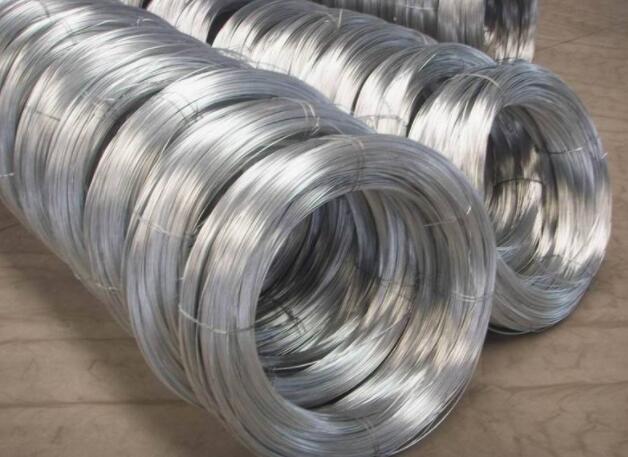Understanding Welded Wire Reinforcement Sizes
Welded wire reinforcement (WWR) is a crucial component in modern construction and civil engineering, offering enhanced structural integrity and durability in concrete applications. This article delves into the various sizes of welded wire reinforcement, their applications, and the factors influencing their selection.
What is Welded Wire Reinforcement?
Welded wire reinforcement consists of a grid of intersecting steel wires that are welded together at their junctions. This combined reinforcement product is used to strengthen concrete slabs, pavements, walls, and other structures by providing support against tensile forces. WWR comes in various sizes and configurations, making it adaptable for different construction needs.
Common Sizes and Configurations
WWR is available in different mesh sizes and wire diameters, which is crucial for ensuring adequate load-bearing capabilities. The standard sizes of welded wire reinforcement vary, but they generally follow industry standards set by organizations such as the American Concrete Institute (ACI) and the American Society for Testing and Materials (ASTM).
1. Wire Diameter The diameter of the individual wires typically ranges from 10 to 16 gauge (approximately 0.10 to 0.14 inches). Heavier gauge wires are often used for higher load applications, while lighter gauges can suffice for residential or light-duty applications.
2. Mesh Size The spacing between the wires in the mesh greatly influences the reinforcement’s effectiveness. Common mesh sizes include 4x4 inches, 6x6 inches, and 8x8 inches. Smaller mesh sizes provide greater reinforcement density, making them suitable for slabs subjected to higher stress.
3. Area of Use Different project requirements dictate the appropriate sizes of welded wire reinforcement. For example, residential projects often utilize smaller-sized meshes, while commercial goods require more robust reinforcement to handle greater loads.
welded wire reinforcement sizes

Factors Influencing the Selection of WWR Sizes
When selecting the appropriate size of welded wire reinforcement, several factors must be taken into account
1. Load Requirements The expected loads on the concrete structure will heavily influence the choice of reinforcement size. Structures designed to carry significantly more weight will require heavier and larger mesh configurations to ensure safety and longevity.
2. Type of Structure The characteristics of the structure—be it a floor slab, wall, or a concrete beam—will determine the necessary WWR size. For example, thin slabs like driveways may use lighter reinforcement, while large commercial buildings might require more substantial WWR for added support.
3. Environmental Conditions Environmental factors such as exposure to moisture, chemicals, or extreme weather can also dictate the reinforcement choice. In corrosive environments, using galvanized or stainless steel WWR might be preferred, regardless of size.
4. Building Codes and Standards Local building codes may specify minimum requirements for welded wire reinforcement sizes, ensuring that structures can withstand anticipated loads and stresses.
Conclusion
Welded wire reinforcement is a versatile solution for reinforcing concrete structures, with a wide range of sizes and configurations available to meet diverse construction needs. Understanding the various sizes and their specific applications is essential for engineers and builders aiming to ensure structural integrity and safety. By carefully considering factors such as load requirements, environmental conditions, and building codes, construction professionals can effectively choose the appropriate WWR size, ultimately contributing to long-lasting and resilient structures.

















